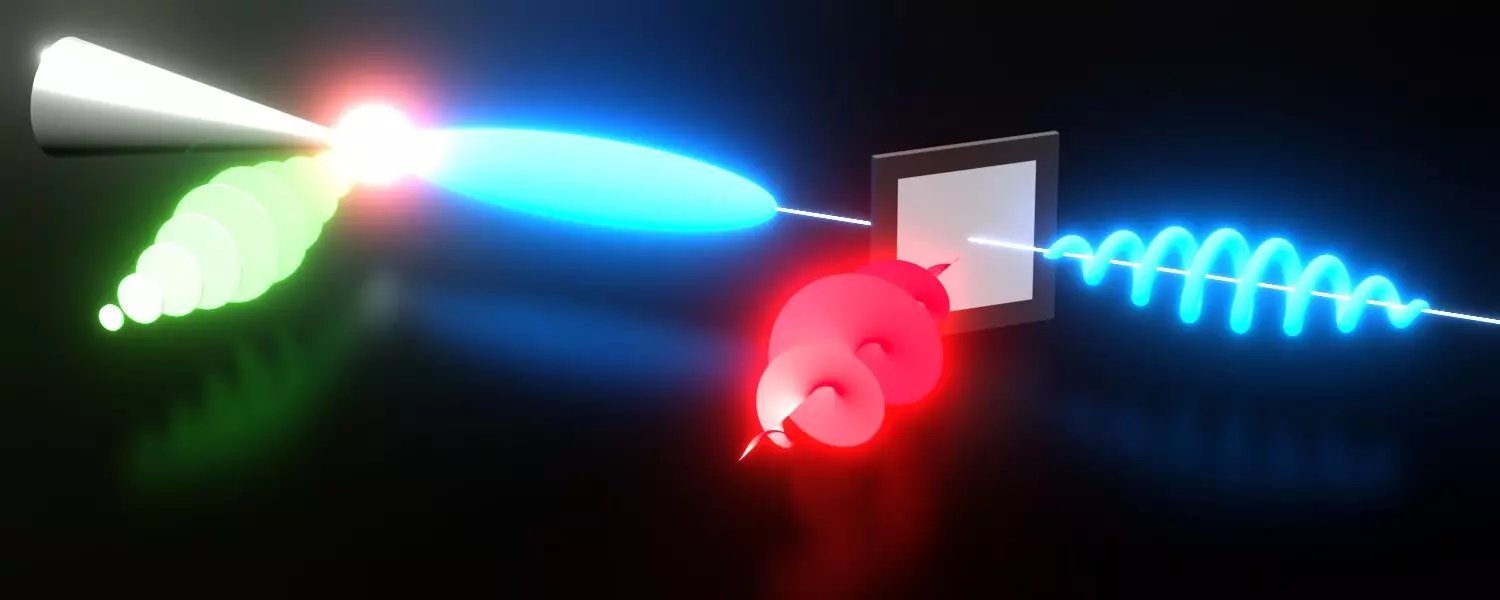Chirality is a concept that encapsulates the fundamental asymmetry in nature, best epitomized by simple human experiences—like how our left and right hands can never align perfectly. This phenomenon isn’t just a playful quirk of biology but extends far into the realms of physics and chemistry, influencing the very fabric of our material world. Recent innovations from the University of Konstanz have unveiled astonishing capabilities to manipulate electrons in a way that showcases chirality on an entirely new scale, shaping their matter waves into left-handed or right-handed structures. The profound implications of this breakthrough could redefine our understanding of fundamental physics and pave the way for innovative technologies.
The Science Behind Electron Chirality
At its core, chirality involves the geometric configuration of particles and how they interact with other entities. In the domain of quantum mechanics, particles like electrons exhibit an intrinsic property known as spin, which represents their angular momentum. This spin can have one of two states—left-handed or right-handed. These configurations aren’t merely academic; they generate crucial physical behaviors observed in various fields, from magnetism to material science.
For example, consider how the chirality of molecular structures can determine the efficacy of pharmaceuticals. A drug’s left-handed variant can be curative, while its right-handed counterpart might be harmful. This distinction underscores the importance of chirality in real-world applications, making the recent research on electrically-induced chirality all the more significant.
The Breakthrough Experiment
The team’s method to impart chirality to electrons involved a sophisticated interplay of laser technology and ultrafast transmission electron microscopy. By generating femtosecond electron pulses and tuning them using spiral electric fields, researchers successfully crafted electrons into toroidal shapes, or coils, of charge and mass without relying on either spin or angular momentum.
Traditionally, when lasers and electrons interact, the conservation of momentum often creates barriers that limit the extent of manipulation. However, the researchers creatively circumvented these limitations by utilizing silicon nitride membranes, which both permitted electron travel while altering the phase of the laser light, creating an environment conducive to electron shaping. As a result, electrons were able to form definitive left-handed and right-handed chirality due to the unique laser interactions, establishing a new frontier in electron manipulation.
Impacts and Applications
The implications of being able to generate chiral electron matter waves extend far beyond academic curiosity. These advancements could revolutionize several fields. For instance, chiral electron beams could serve as advanced tools in quantum optics and electron microscopy, allowing researchers to probe materials with unprecedented precision. Additionally, concepts like chiral optical tweezers and sensors could emerge, opening new avenues for material characterization and manipulation.
Roaming through the chiral landscape of this research, one can envision potential applications in creating novel materials and enhancing existing technologies. The ability to control the geometric shape of electrons and experiment with their interactions in chiral environments could lead to advancements in smart materials, photonics, and even quantum devices, marking a significant leap forward in nanotechnology.
The Path Forward in Chirality Research
While the current research focuses on electrons, the methods employed bring forth a tantalizing possibility: if we can manipulate the chirality of electrons, can we extend similar techniques to other elementary particles? This question looms large in the minds of physicists who speculate on the cosmic implications of such manipulations.
Peter Baum, the lead researcher, emphasizes that the methodology is not limited to electrons; other elementary particles could potentially display similar chiral characteristics. This opens a profound dialogue around the nature of chirality across the universe, possibly unraveling mysteries of particle physics that have eluded scientists for decades.
The team’s next steps involve using these chiral electrons for attosecond imaging, venturing deeper into the interactions between light and matter at an inconceivable speed. This promises to not only enhance our scientific understanding but could also spawn a new generation of technologies that embrace the unique properties of chirality.
With every advancement in this study, we step closer to unlocking the secrets of the quantum realm, marking a pivotal moment in our pursuit of unraveling the complexities of the universe. The marriage of chirality and electron technology signifies a thrilling journey that promises to yield transformative impacts on both our understanding of physics and our technological landscape.

